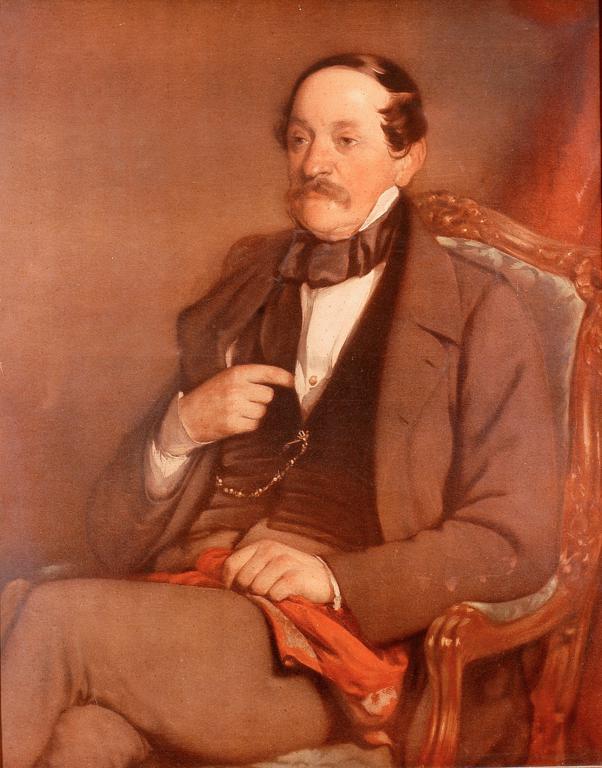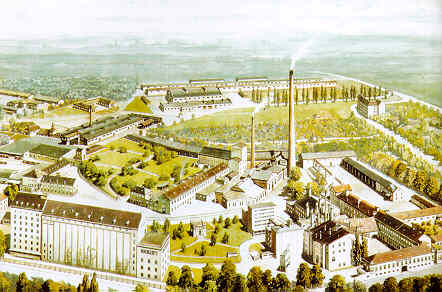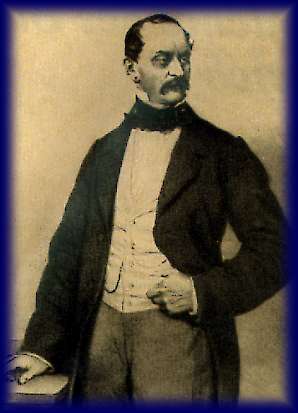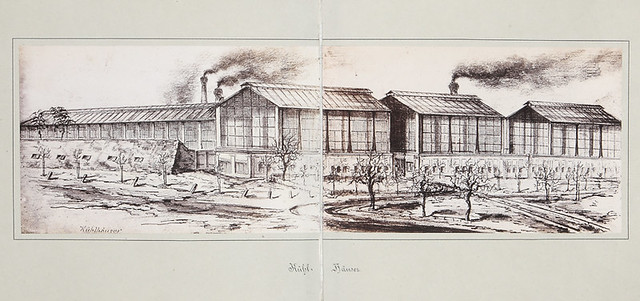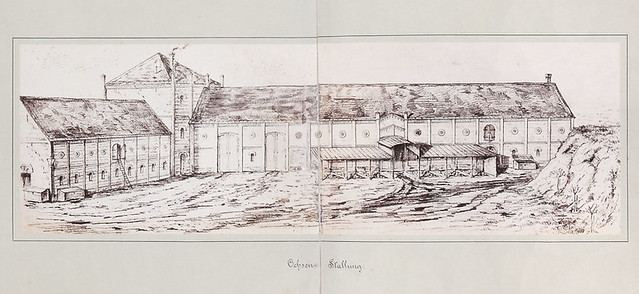![]()
Today is the 67th birthday of beer writer Marty Nachel, author of Beer For Dummies and Homebrewing For Dummies. I’ve gotten to know Marty better over the last few years, judging the finals of the Longshot Homebrew competition and the World Beer Awards, and he’s a great person to share a pint with. This week, we also judging together in South Africa. And more recently he’s founded the American Craft Beer Hall of Fame, and they’ve recently announced the first class of members. Join me in wishing Marty a very happy birthday.


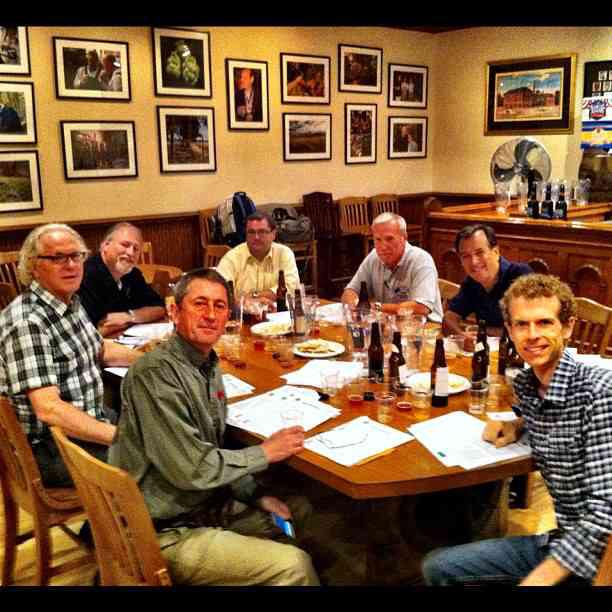







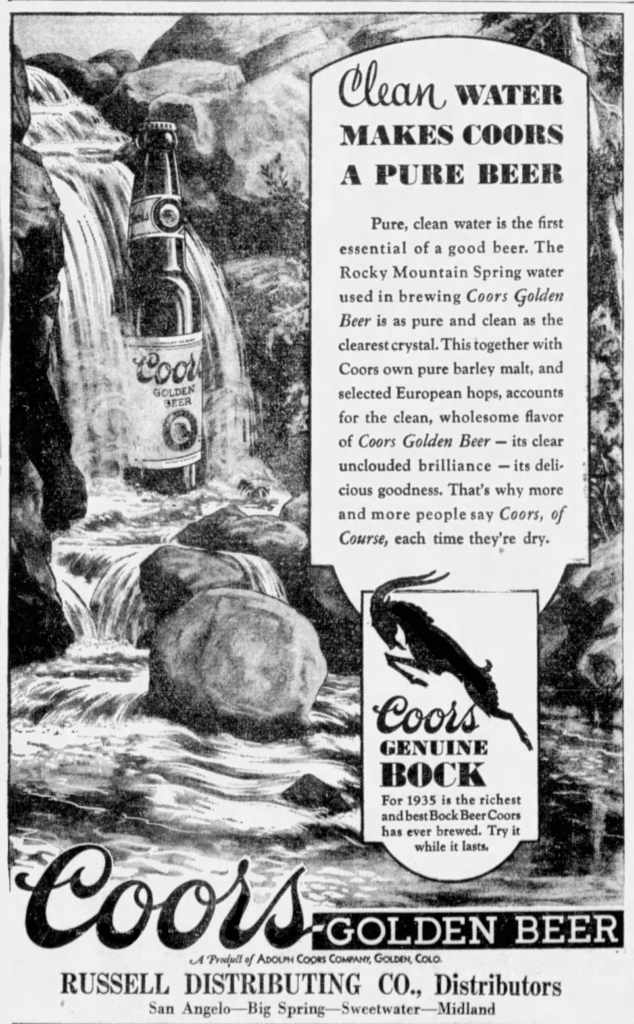

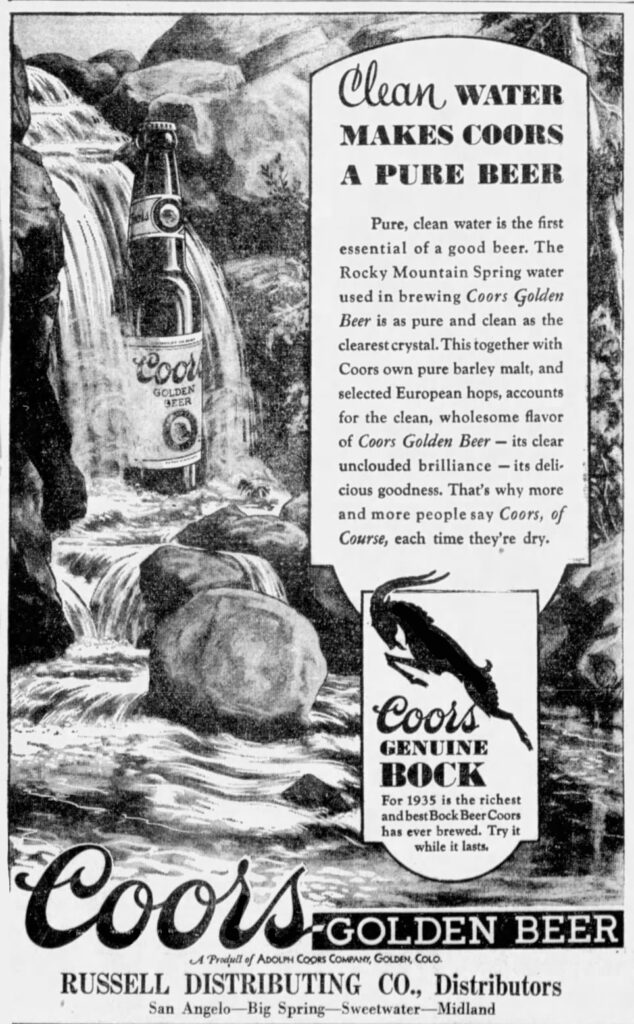


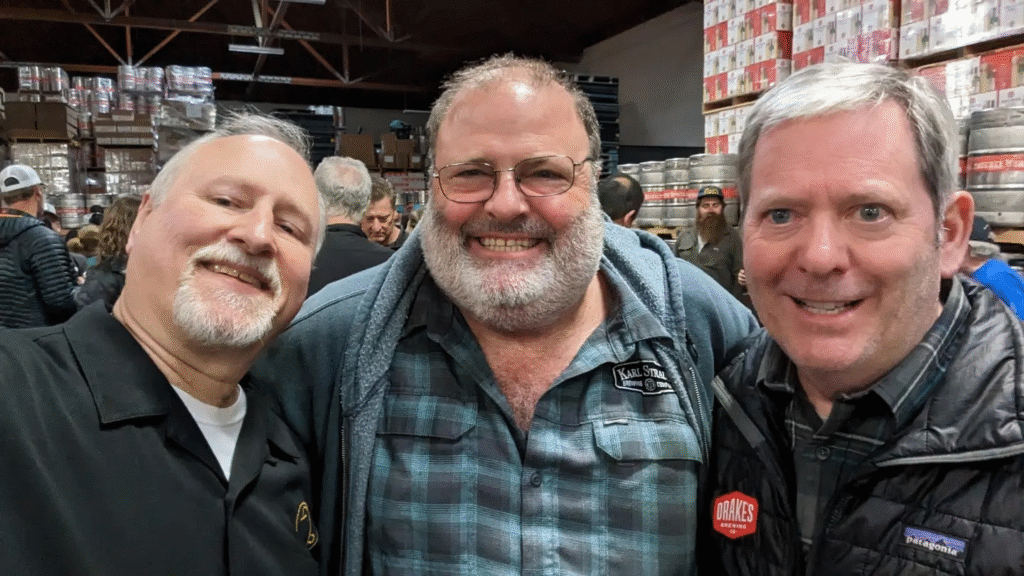
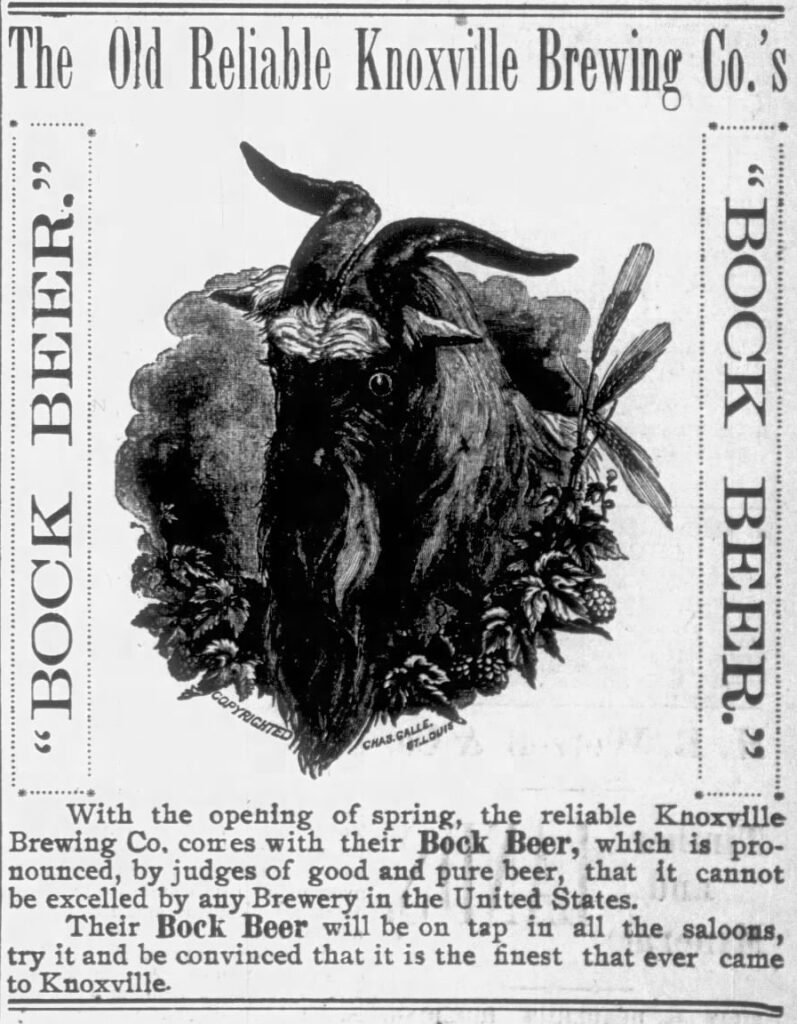


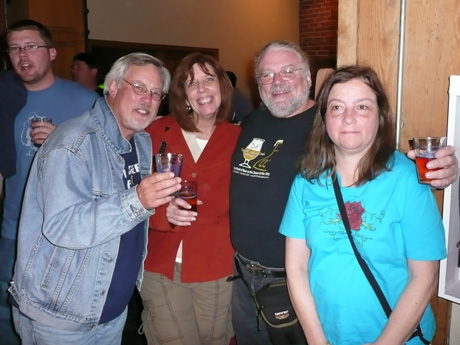
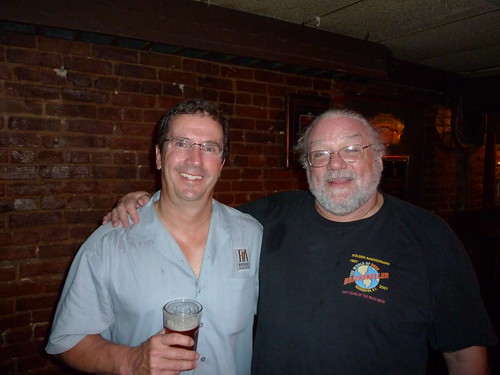
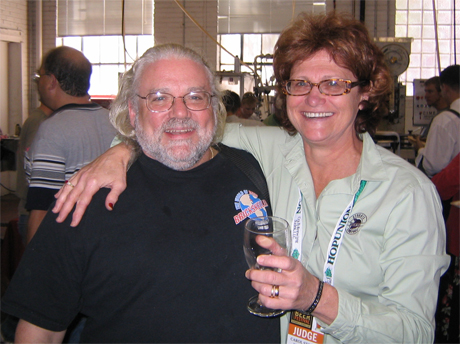


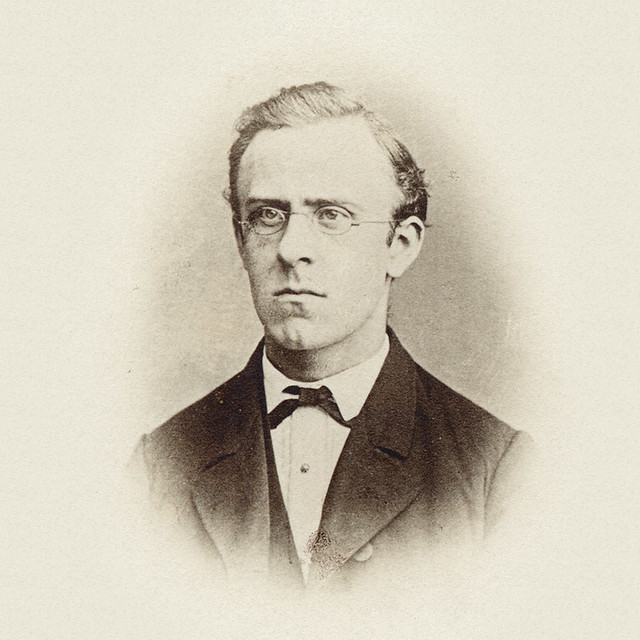


 Emil Christian Hansen, taken in 1908, a year before his death.
Emil Christian Hansen, taken in 1908, a year before his death.



